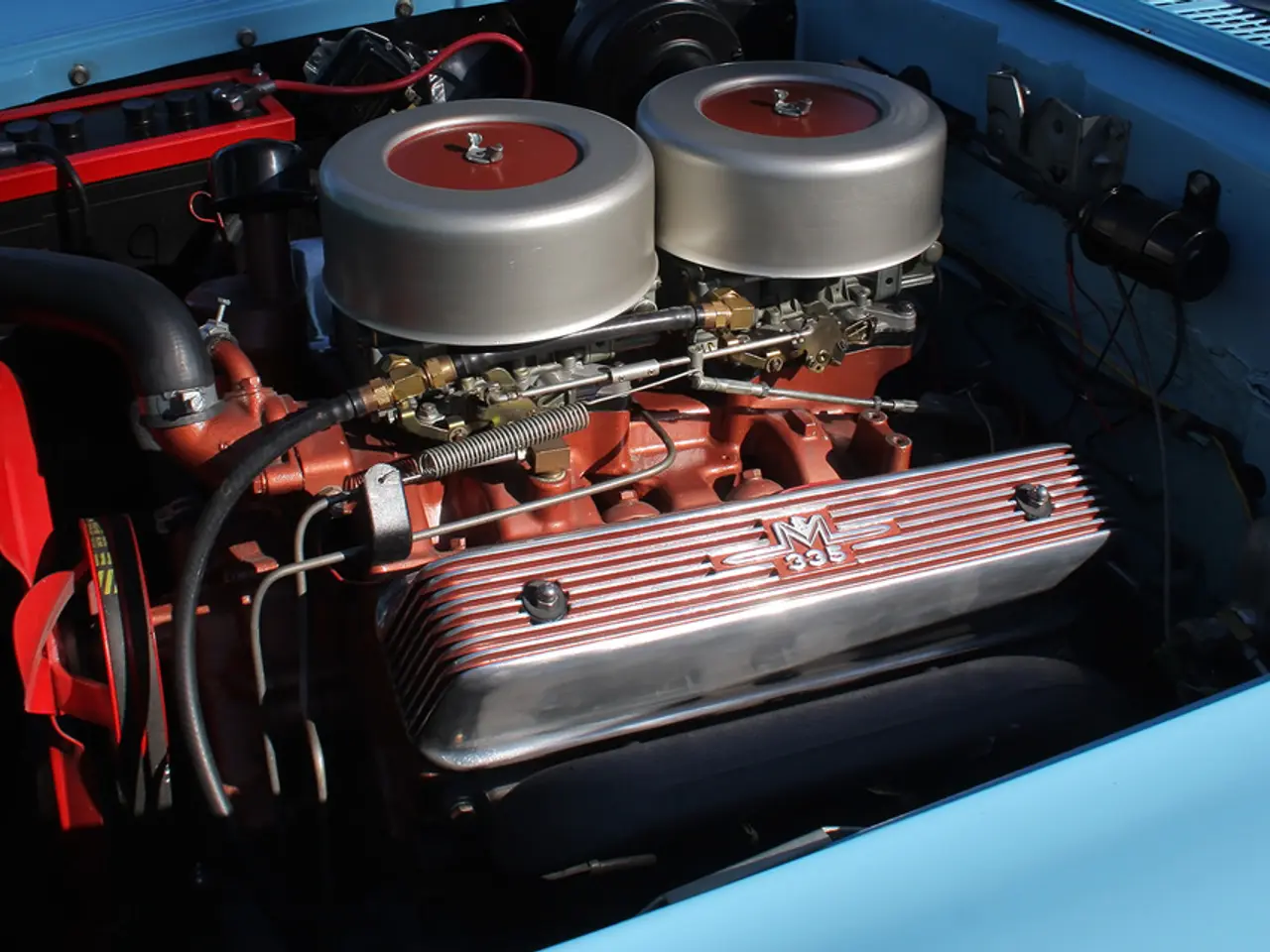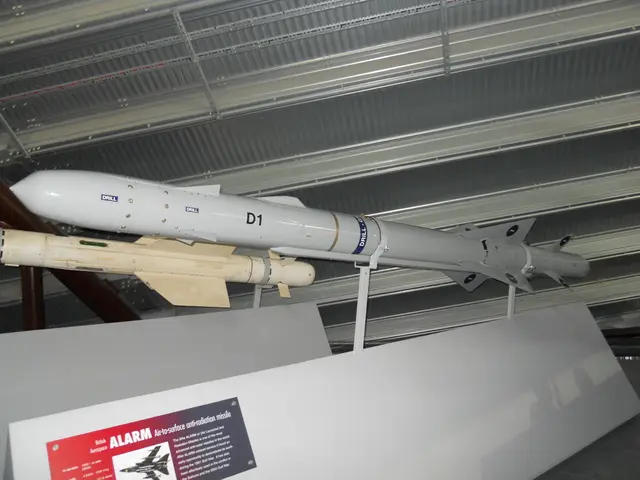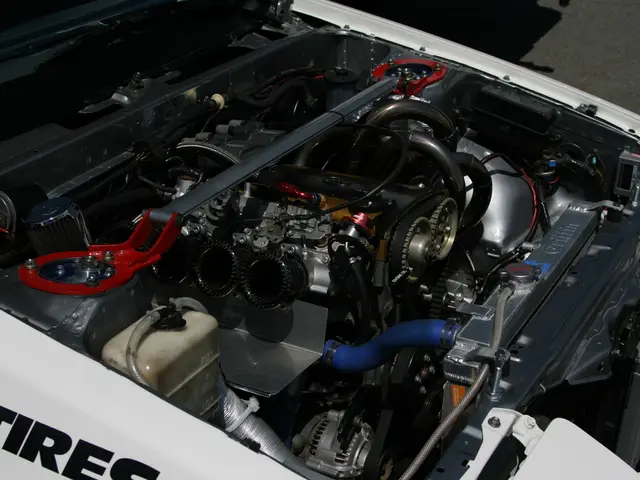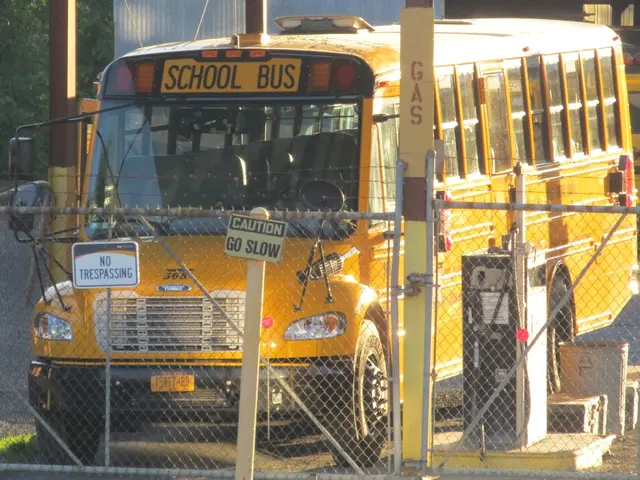Ford Explores Automation After UAW Deal, Industry Trends
Ford is exploring automation opportunities to lower costs following a recent UAW deal. While automation can improve efficiency and working conditions, it may not reduce labor costs or workforce size due to new roles created for programming and maintenance.
Automakers like Ford have been gradually replacing humans with robots for specific assembly line roles. Companies such as BMW and Mercedes-Benz have employed robots for tasks like servo-electric welding, part handling, and autonomous transport, significantly improving precision and efficiency. BMW's Debrecen plant uses around 1,000 robots, indicating an increasing trend in robot use. Despite these advancements, replacing autoworkers with robots at scale is not made more likely by the UAW deal, according to experts. Ford is focused on reducing vehicle assembly hours, simplifying designs, and driving increased efficiencies through its factories.
Automation, while expensive and suitable for specific tasks, can improve assembly line efficiency and working conditions. However, it may not reduce labor costs or workforce size due to new roles created for programming and maintenance. Ford's exploration of automation opportunities following the UAW deal is part of a broader trend in the industry, with automakers like BMW and Mercedes-Benz already employing robots for various assembly line tasks.








